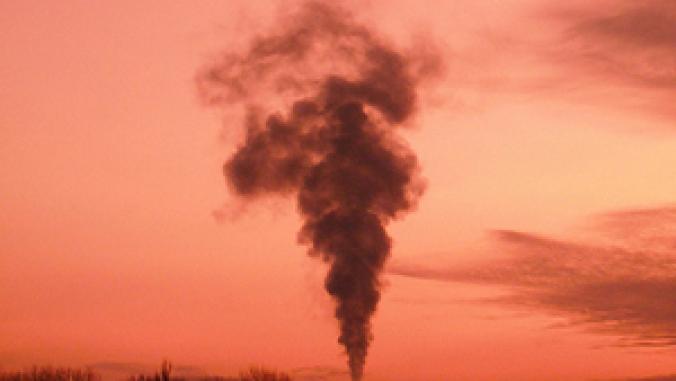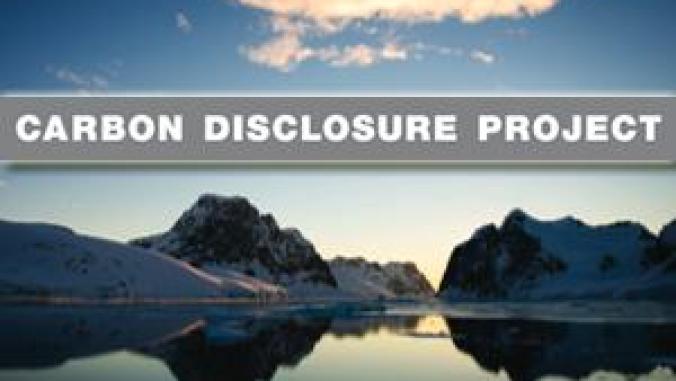EU Emissions Drop Inflates Carbon Permit Surplus
<p>The global economic recession pushed greenhouse gas emissions in the European Union's cap-and-trade program down 11.2 percent last year, leaving many industries with a windfall surplus of carbon permits worth billions of dollars.</p>

Image CC licensed by Flickr user Katrina.Tuliao
The global economic recession pushed greenhouse gas emissions down 11.2 percent in the European Union's cap-and-trade program last year, leaving many industries with a windfall surplus of carbon permits worth billions of dollars.
Preliminary raw data released by the European Commission today shows the drop is the largest since the EU Emissions Trading System (EU ETS) began in 2005. An analysis from Reuters pegged 2009 emissions at 1.69 billion tons, compared to 1.904 billion tons the year before.
The EU ETS covers some 12,500 carbon-intensive facilities across the 27-member bloc and is the cornerstone of its strategy to reduce emissions. With the economic downturn dragging down production -- pushing emissions below the cap, as a result -- EU ETS participants ended up with more free carbon permits than they needed. As a whole, the surplus in permits hovered around 60.6 million. One permit represents one tonne of carbon dioxide-equivalent emissions.
The iron and steel industries posted the largest declines in emissions, but also enjoy a carbon permit surplus of 84.6 million, according to Reuters. As a whole, the industrial sector covered by the EU ETS saw emissions decline about 23 percent, leaving it with 180 million excess permits worth about US$3.1 billion (2.3 billion euros).
Companies are either profiting from the excess permits, or holding on to them for use in the next phase of the trading program, when the emissions cap will be lowered and the number of free permits curtailed.
Cement giant Lafarge, the New York Times reported, earned 142 million euros (US$192.7 million) by selling extra permits last year, nearly twice as much as it earned selling permits the year before.
On the other end of the spectrum is the utility sector, which saw an 8.5 percent decline in emissions but faced a carbon permit deficit of 124.3 million free permits, making it the main permit buyer.
By country, Luxembourg posted the sole increase in emissions, while the largest declines were found in Estonia, Romania, Slovakia, Hungary, Spain and Italy.
The preliminary data represents roughly 80 percent of EU ETS participants; final data and an analysis from the European Commission is due in May.
Image CC licensed by Flickr user Katrina.Tuliao.




